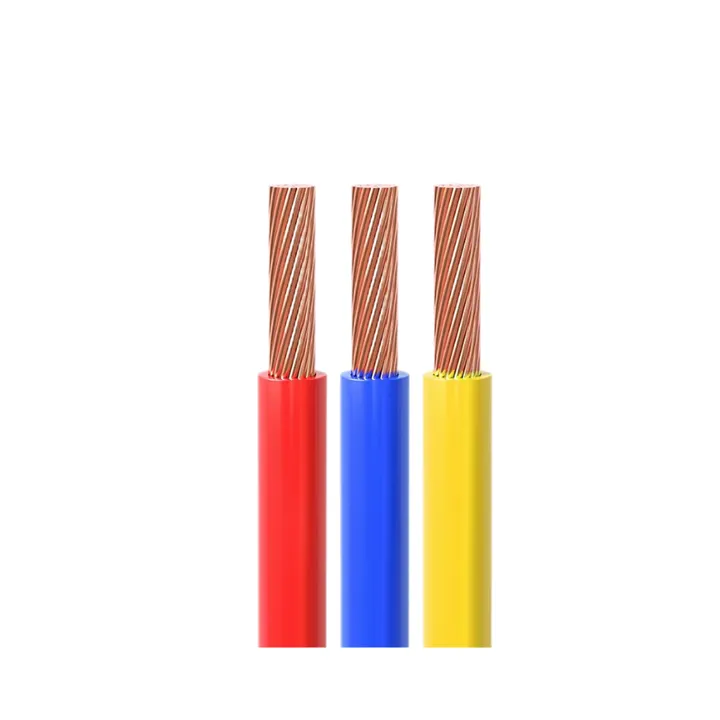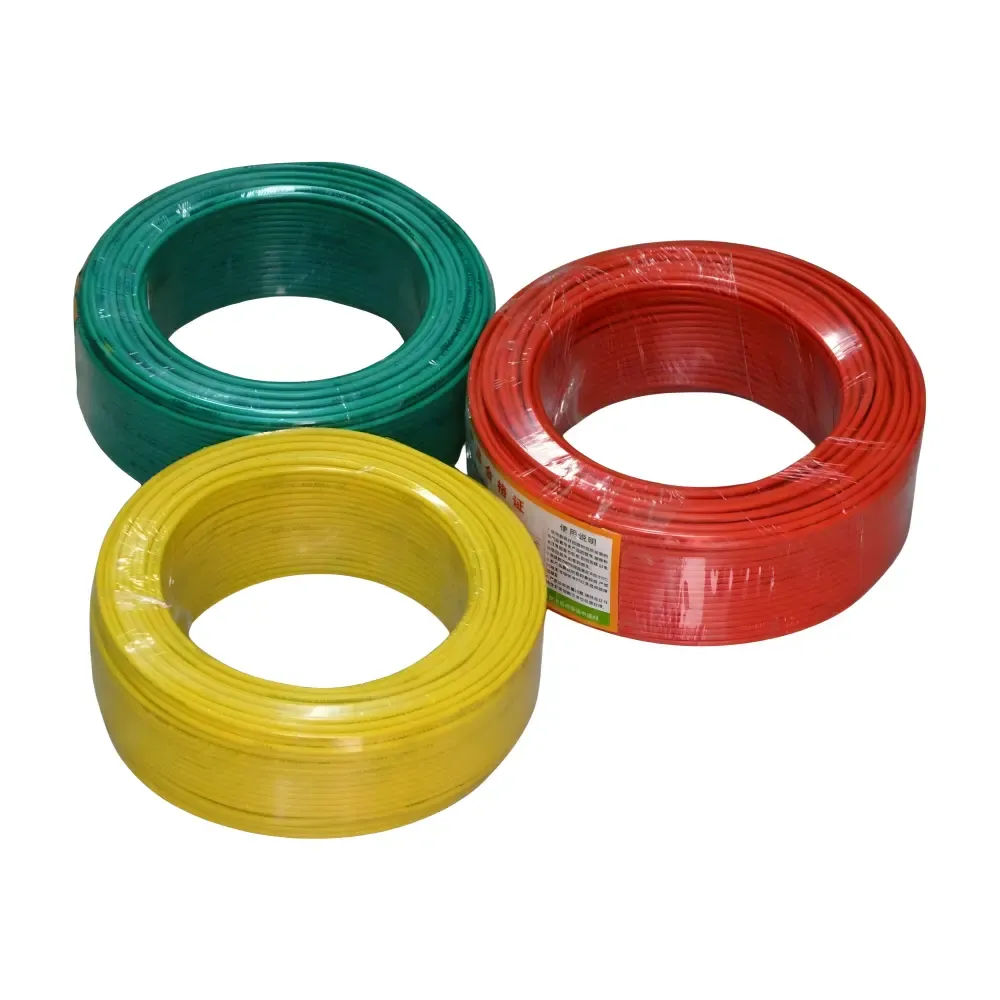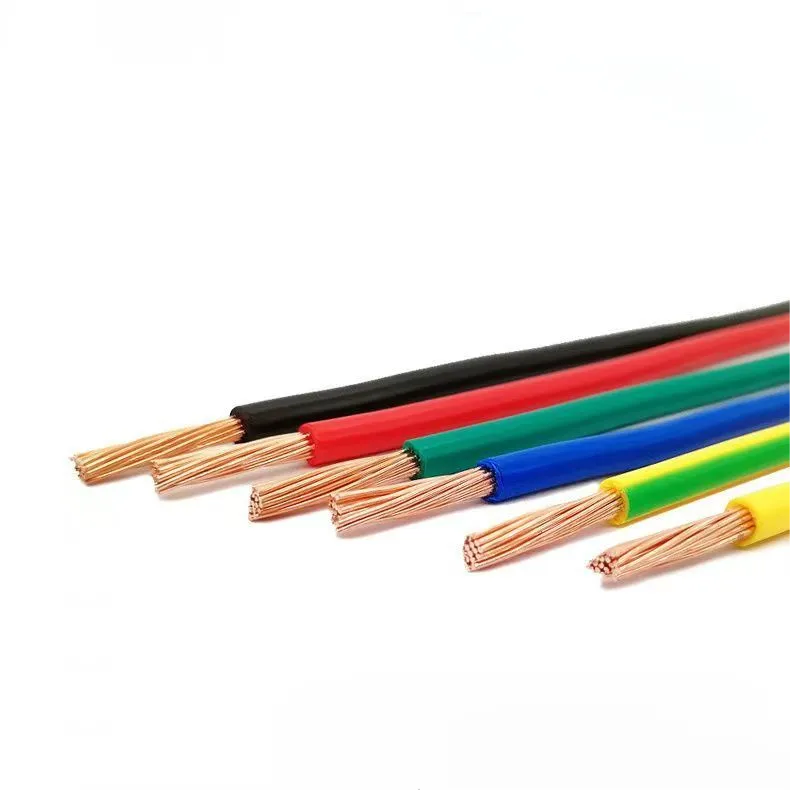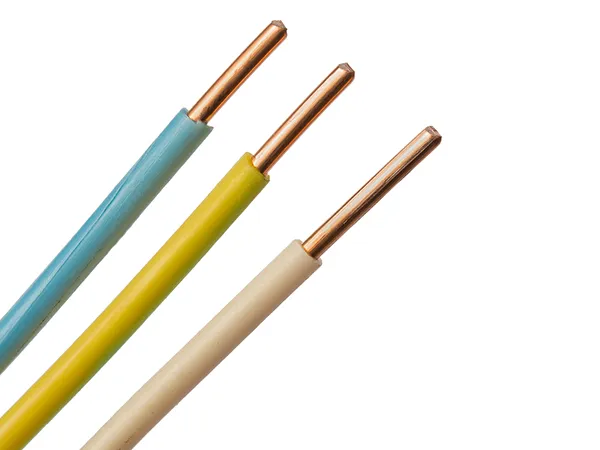House Wiring Cable: Selecting Between BV, BVR, RV, and RVV Types
Time: 2025-07-31 09:32:09
Source: Henan Province Jianyun Cable Co., Ltd.
Selecting the appropriate house wiring cable is critical for ensuring safe, reliable, and efficient electrical installations in residential and light commercial settings. BV, BVR, RV, and RVV cables are commonly used copper wiring cables, each with distinct construction, flexibility, and applications. This guide provides a comprehensive comparison of these cable types, focusing on their specifications, standards, and selection criteria, presented in a formal and structured manner.
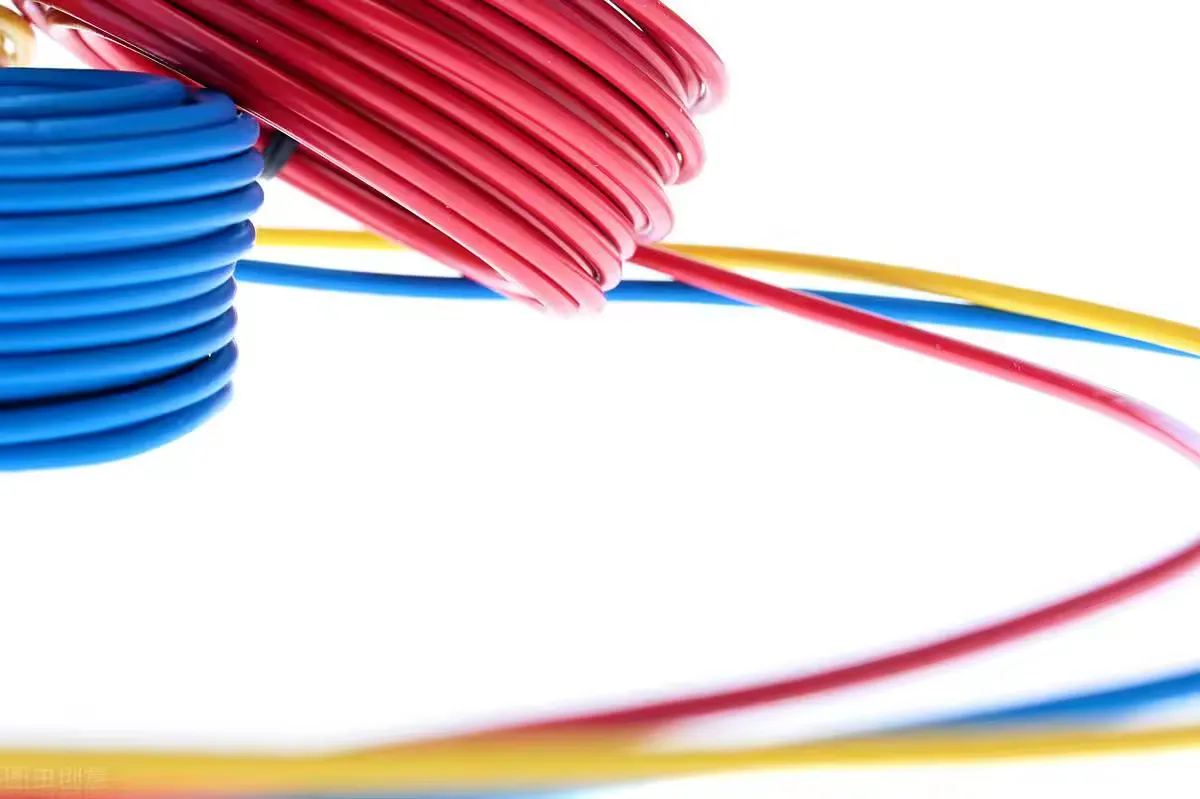
Table of Contents
1. Overview of BV, BVR, RV, and RVV Cables
BV, BVR, RV, and RVV are copper-based wiring cables used for low-voltage electrical installations, typically rated at 300/500 V or 450/750 V. These cables feature copper conductors with PVC insulation and are designed for fixed or flexible installations in residential and light commercial environments. Their differences in conductor type, core count, and sheathing make them suitable for specific applications.
-
BV: Single-core, solid copper conductor with PVC insulation, no outer sheath, used for fixed wiring.
-
BVR: Single-core, stranded copper conductor with PVC insulation, no outer sheath, offering flexibility for semi-fixed installations.
-
RV: Single-core, highly flexible stranded copper conductor with PVC insulation, no outer sheath, for flexible wiring in equipment.
-
RVV: Multi-core, flexible stranded copper conductors with PVC insulation and a PVC outer sheath, for dynamic applications.
2. Key Specifications and Differences
The following outlines the specifications and differences among BV, BVR, RV, and RVV cables:
-
Construction:
-
BV: Solid copper conductor (Class 1 per IEC 60228), single PVC insulation layer.
-
BVR: Stranded copper conductor (Class 2), single PVC insulation layer.
-
RV: Highly flexible stranded copper conductor (Class 5), single PVC insulation layer.
-
RVV: Multiple flexible stranded copper conductors (Class 5), PVC insulation, and a PVC outer sheath.
-
Voltage Rating:
-
BV, BVR, RV: Typically 450/750 V, suitable for higher voltage circuits.
-
RVV: Typically 300/500 V, designed for lower voltage applications.
-
Conductor Size:
-
BV, BVR: 1.0–10 mm² (e.g., 1.5 mm² ≈ 18 A, 2.5 mm² ≈ 25 A, 6 mm² ≈ 44 A at 60°C).
-
RV: 0.5–6 mm², for lower current applications (e.g., 0.75 mm² ≈ 12 A).
-
RVV: 0.5–4 mm², typically 2–5 cores (e.g., 1.5 mm² ≈ 18 A per core).
-
Flexibility:
-
BV: Rigid due to solid conductor, suited for fixed installations.
-
BVR: Moderately flexible, suitable for semi-fixed wiring with bends.
-
RV: Highly flexible, ideal for equipment wiring with frequent movement.
-
RVV: Highly flexible with multiple cores, designed for dynamic applications.
-
Temperature Range:
-
All types: -15°C to 70°C (PVC insulation), with short-term tolerance up to 160°C.
-
Environmental Resistance:
-
BV, BVR, RV: Limited resistance to moisture, UV, or chemicals due to lack of outer sheath; requires conduit protection.
-
RVV: Moderate resistance to abrasion and moisture due to PVC sheath, but not suitable for harsh environments.
|
Specification
|
BV
|
BVR
|
RV
|
RVV
|
|
Construction
|
Single-core, solid, PVC
|
Single-core, stranded, PVC
|
Single-core, flexible, PVC
|
Multi-core, flexible, PVC + sheath
|
|
Voltage Rating
|
450/750 V
|
450/750 V
|
450/750 V
|
300/500 V
|
|
Conductor Size
|
1.0–10 mm²
|
1.0–10 mm²
|
0.5–6 mm²
|
0.5–4 mm²
|
|
Flexibility
|
Rigid
|
Moderate
|
High
|
High, multi-core
|
|
Environmental Resistance
|
Limited
|
Limited
|
Limited
|
Moderate
|
3. Standards and Compliance
These cables must comply with international and regional standards to ensure safety and performance:
-
IEC 60227: Specifies requirements for PVC-insulated cables up to 450/750 V for fixed and flexible wiring.
-
EN 50525: European harmonized standard for low-voltage cables, covering BV, BVR, RV (e.g., H05V-K, H07V-R), and RVV (e.g., H05VV-F).
-
CCC: Mandatory China Compulsory Certification for cables used in China, ensuring compliance with safety and quality standards.
-
Local Codes: Adherence to regional electrical codes is required for installation practices.
|
Standard
|
Description
|
|
IEC 60227
|
PVC cables up to 450/750 V
|
|
EN 50525
|
Harmonized low-voltage cables
|
|
CCC
|
Mandatory for China
|
4. Applications
Each cable type is suited to specific applications based on its construction and flexibility:
-
BV:
-
Fixed wiring in residential buildings for lighting (1.0–1.5 mm²) and power outlets (2.5 mm²).
-
Embedded in walls or installed in conduits for permanent circuits.
-
BVR:
-
Semi-fixed wiring where moderate flexibility is needed, such as in curved conduits or panel wiring (1.5–6 mm²).
-
Suitable for lighting and power circuits requiring easier installation.
-
RV:
-
Flexible wiring in equipment, control panels, or appliances (0.75–2.5 mm²).
-
Used for internal wiring where high flexibility is required.
-
RVV:
-
Power cords for portable appliances (e.g., fans, lamps) or temporary installations (0.75–2.5 mm², 2–5 cores).
-
Dynamic applications requiring multi-core flexibility, such as extension cords.
|
Cable Type
|
Primary Applications
|
|
BV
|
Fixed wiring, lighting, outlets
|
|
BVR
|
Semi-fixed wiring, curved conduits
|
|
RV
|
Equipment wiring, control panels
|
|
RVV
|
Portable appliances, extension cords
|
5. Selection Criteria
Choosing the appropriate cable type involves the following considerations:
-
Electrical Requirements:
-
Calculate current load (P = V × I) and select size based on ampacity (e.g., 2.5 mm² for 25 A outlets).
-
Use BV, BVR, or RV for 450/750 V systems; RVV for 300/500 V applications.
-
Installation Type:
-
BV for rigid, fixed installations in straight runs.
-
BVR for semi-fixed wiring with bends or curves.
-
RV for flexible equipment wiring.
-
RVV for dynamic, multi-core applications like power cords.
-
Voltage Drop:
-
Use the formula: VD = (2 × I × L × R) / V × 100, where VD is voltage drop (%), I is current (A), L is length (m), R is resistance (Ω/km), and V is voltage (V).
-
Resistance (copper, 20°C): 1.5 mm² ≈ 12.1 Ω/km, 2.5 mm² ≈ 7.41 Ω/km, 4 mm² ≈ 4.61 Ω/km.
-
Example: For 20 A over 15 m on a 230 V circuit with 2.5 mm²: VD = (2 × 20 × 15 × 7.41) / 230 × 100 ≈ 1.93% (acceptable, <3%).
-
Environmental Conditions:
-
Use BV, BVR, or RV in conduits for protection against moisture or UV.
-
RVV for moderate exposure due to its sheath, but avoid harsh chemicals or prolonged UV exposure.
-
Cost Considerations:
-
BV is cost-effective for fixed wiring; BVR and RV are slightly more expensive due to stranded conductors; RVV is pricier due to multi-core and sheathing.
|
Criterion
|
BV
|
BVR
|
RV
|
RVV
|
|
Voltage
|
450/750 V
|
450/750 V
|
450/750 V
|
300/500 V
|
|
Installation
|
Fixed
|
Semi-fixed
|
Flexible
|
Dynamic
|
|
Cost
|
Lowest
|
Moderate
|
Moderate
|
Highest
|
6. Challenges and Solutions
|
Challenge
|
Solution
|
|
Voltage Drop
|
Use larger sizes (e.g., 4 mm²) for long runs, calculate VD accurately
|
|
Environmental Exposure
|
Use conduits for BV, BVR, RV; limit RVV to moderate conditions
|
|
Overloading
|
Select size based on ampacity, apply derating (e.g., 0.91 for 40°C)
|
|
Installation Errors
|
Follow standards, use proper tools for termination
|
7. Conclusion
BV, BVR, RV, and RVV cables serve distinct roles in house wiring, with BV suited for fixed installations, BVR for semi-fixed wiring, RV for flexible equipment connections, and RVV for dynamic multi-core applications. By evaluating electrical requirements, installation type, voltage drop, and environmental conditions, users can select the appropriate cable type. Compliance with standards like IEC 60227 and proper installation practices ensure safety and reliability, supporting efficient electrical systems with a lifespan of 25–30 years.

